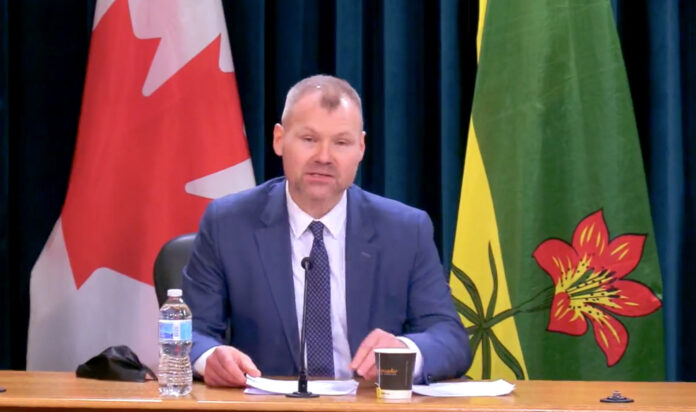The Government of Saskatchewan has announced the addition of the Dakota language to the growing list of Indigenous language curricula available for high school students in the province.
The Dakota 10, 20, 30 curriculum will join the other provincial secondary level Indigenous languages curricula already available, including Nēhiyawēwin 10, 20, 30; Dene 10, 20, 30; Nakawe 10, 20, 30; Michif 10, 20, 30 and Nakoda 10, 20, 30.
Wahpeton Dakota Nation Chief John Waditaka welcomed the news, since the number of Dakota language speakers has declined. He’s hopeful introducing language classes into the provincial curriculum will help reverse that trend.
“Our Dakota Language is in a perilous state, as we have very few fluent Dakota Oyate Language speakers left on Wahpeton Dakota Nation,” Chief John Waditaka said. “Our elders have prayed for a way to bring our language back for our youth.
“The new curriculum will support the revitalization of the Dakota Language, will provide an authentic Dakota Oyate worldview for the greater provincial student population and will open the doors for further authentic research of the Northern Dakota Peoples.”
The development of this curriculum will take place during the 2022-23 school year, with anticipated implementation in schools in the 2023-24 school year.
The new curriculum aligns with the Truth and Reconciliation Commission of Canada Calls to Action and the Inspiring Success: First Nations and Metis PreK-12 Education Policy Framework, which identify the importance of Indigenous languages and the significant role they play in preserving cultural traditions, knowledge and history.
“The Government of Saskatchewan supports the preservation and growth of First Nations and Métis languages in Saskatchewan,” Minister of Education Dustin Duncan said. “Providing Dakota language curriculum ensures more opportunities for First Nations and Métis languages to be learned and used by younger generations and supports revitalization of First Nations and Métis culture and heritage.”


